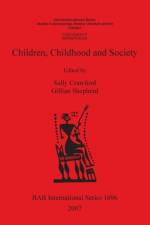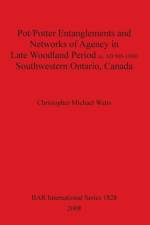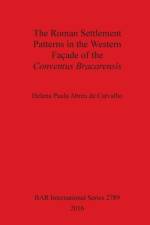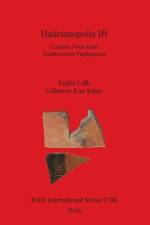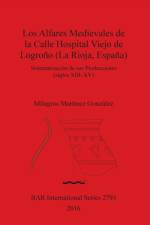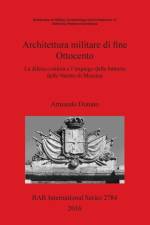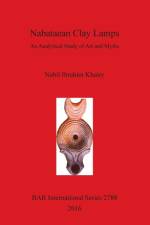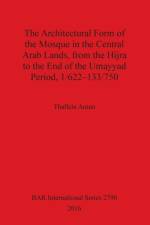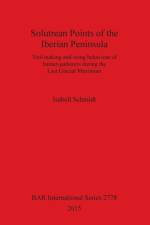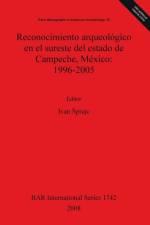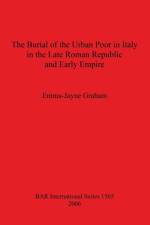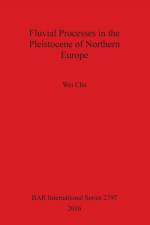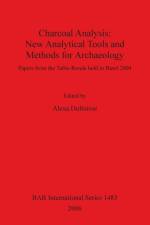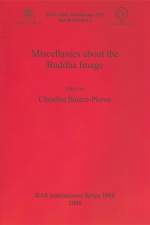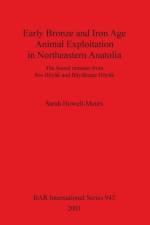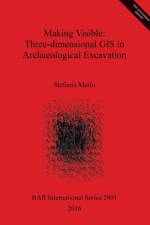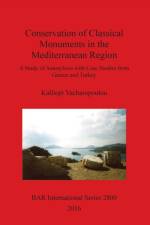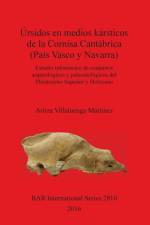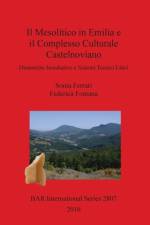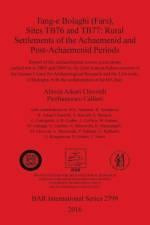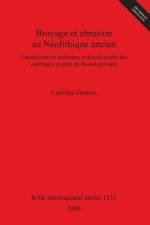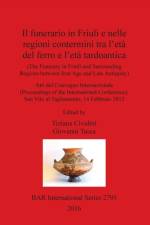- Report of the archaeological rescue excavations carried out in 2005 and 2006 by the joint Iranian-Italian mission of the Iranian Center for Archaeological Research and the University of Bologna, with the collaboration of IsIAO, Italy
von Pierfrancesco Callieri & Alireza Askari Chaverdi
206,00 €
Report of the archaeological rescue excavations carried out in 2005 and 2006 by the joint Iranian-Italian mission of the Iranian Center for Archaeological Research and the University of Bologna, with the collaboration of IsIAO, Italy.With contributions by M.L. Amadori, B. Aminpour, H. Askari Chaverdi, S. Barcelli, S. Benazzi, L. Calcagnile, G.B. Codini, L. Colliva, M. Emami, M. Galuppi, G. Garbini, N. Ibnoerrida, B. Mastrangelo, M. Mosconi, A. Mercuriali, P. Pallante, G. Raffaelli, G. Rougemont, D. Salaris and F. Sinisi.This volume contains the final report of a rescue excavation carried out in 2005 and 2006 in Fars, Southern Iran. The international rescue excavation programme was started in 2005, when it appeared that the area of Tang-e Bolaghi, a short distance from the important Achaemenid site of Pasargadae, was to be submerged by the creation of an artificial lake. Joint teams of Iranian and foreign archaeologists were set up to focus on the different chronological periods of human occupation evidenced by the first surface survey of 2004. The Iranian-Italian Joint Team was assigned two sites of the Achaemenid and Post-Achaemenid periods (ca. 6th to 1st centuries BC). In the three campaigns of stratigraphic excavations, very important evidence of rural settlements was brought to light in two sites, TB76 and TB77. They are the first documented sites of rural occupation in the Achaemenid period, an age hitherto known mainly through the imperial monuments of Pasargadae, Persepolis and Susa. The results of the excavations threw light on the life of commoners in a rural environment, and produced evidence consistent with the Elamite administrative documents found at Persepolis. The text of the volume is divided into three parts, regarding respectively the excavations at the two sites and the materials found in them. It is supplemented by a rich photographic and graphic documentation of the excavations, and the objects and ceramics found. A number of colour plates are also included for ceramic and archaeometric analyses.

